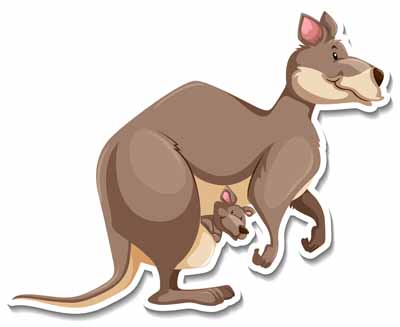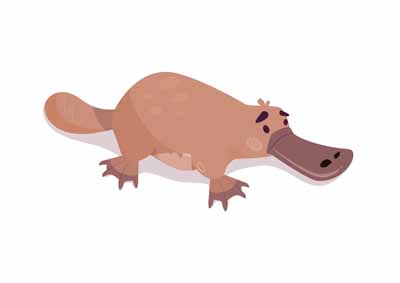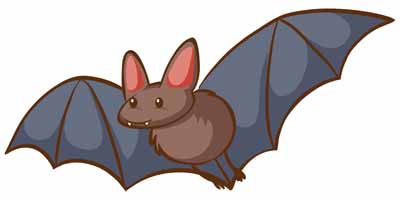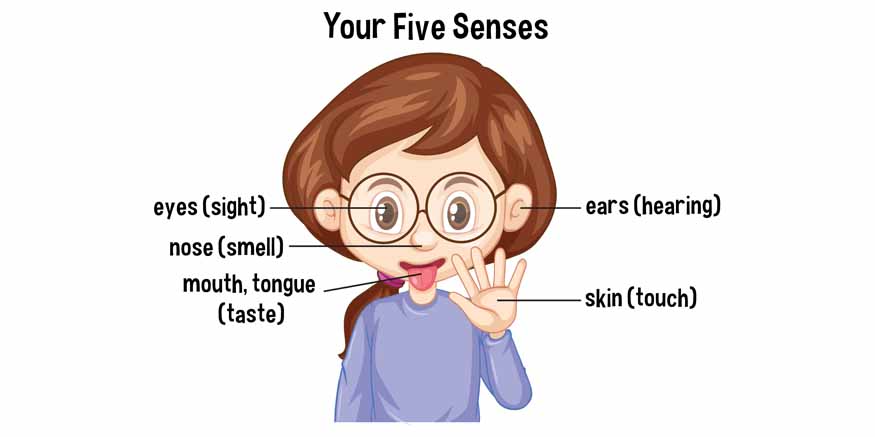Mammals are a group of vertebrate animals that includes a wide range of species. Some common examples of mammals are rats, cats, dogs, deer, monkeys, apes, bats, whales, dolphins, and humans. Some unique characteristics set mammals apart from other vertebrates.
Mammals are incredibly diverse, with around 5,000 to 5,500 species that have adapted to various habitats. Most mammals are terrestrial, but there are also species like otters, seals, and dolphins that thrive in freshwater and ocean settings. Interestingly, bats are a type of mammal that can fly.
Characteristics of Mammals
Mammals possess a special ability that sets them apart from other creatures: they can inhabit a wide range of environments. These adaptable animals can live in trees, on land, in water, or even underground, showcasing their diverse survival strategies. The skin of mammals contains various glands such as sweat glands and mammary glands, as well as hair or fur that acts as a protective covering. These features help maintain body temperature, protect against environmental hazards, and provide sensory input.
Unlike birds and reptiles, mammals typically give birth to live young rather than laying eggs. However, there are exceptions, such as the Platypus and Echidna, which are egg-laying mammals. This reproductive diversity highlights the evolutionary adaptability of mammals.
Mammals are known for their strong skeletons and jointed bones, which provide support and mobility. They also possess prominent ears, which enhance their auditory capabilities. Most mammals have teeth, which vary in shape and function to suit their dietary needs. As vertebrate creatures, mammals have a backbone, commonly known as a spine. This structural feature supports their body, protects the spinal cord, and contributes to their overall mobility and strength.
Types of Mammals
There are three types of mammals: placental mammals, marsupials, and monotremes. Each group possesses unique characteristics that distinguish them from one another, contributing to the diversity and adaptability of mammals across different environments.
Placental Mammals: This group is the largest and most well-known, including humans. Placental mammals are characterised by the development of the young inside the mother’s uterus until they can function independently. The name “placental mammals” is derived from the placenta, an organ that facilitates the exchange of nutrients and oxygen from the mother to the developing baby.
Marsupials: Marsupials are also known as pouched mammals. Unlike placental mammals, marsupials give birth to underdeveloped young, which then continue to develop outside the womb in a pouch on the mother’s belly. This pouch provides a safe environment where the newborns can nurse and grow. For example, kangaroos, koalas, and opossums are marsupial mammals. Despite their different reproductive strategy, marsupials also pass nourishment to their young through a placenta during the early stages of development.

Monotremes: Monotremes are the smallest and most distinctive group of mammals, which have a unique trait such as they lay eggs instead of giving live birth. There are only two types of monotremes in existence today: the echidna and the platypus. These animals are still endothermic, which means they maintain a stable internal body temperature like other mammals, but they have a lower body temperature compared to other mammalian groups. Monotremes represent an ancient lineage of mammals, retaining some reptilian characteristics, which make them fascinating subjects of study for understanding mammalian evolution.

Examples of Mammals
Blue Whale: Whales are classified as mammals. The Blue Whale holds the title of the world’s largest mammal and the largest living species. As a marine animal, it inhabits the world’s oceans which demonstrates the incredible diversity and adaptability of mammalian life in aquatic environments.

Bat: Bats are the only mammals capable of true sustained flight. They belong to the order Chiroptera and give birth to live young. Unlike birds and insects, bats have specialised wings, which are modified forelimbs that allow them to fly with remarkable agility. This ability to fly and their reproductive strategy make bats unique among mammals.

Mammals are a remarkable class of animals defined by their unique mammal traits such as the presence of mammary glands, hair or fur, and three middle ear bones. The characteristics of mammals such as endothermy, advanced brain structures, and diverse reproductive strategies have allowed them to inhabit a wide range of environments. From the largest blue whale to the tiniest bumblebee bat, the diversity among types of mammals and examples of mammals is vast and fascinating.
At Mother’s Pet Kindergarten, we play an essential role in fostering an understanding and appreciation of mammals among young learners. By introducing children to the mammals’ definition and explaining their mammal traits, we lay the groundwork for future knowledge and interest in wildlife conservation. Our programs emphasise the importance of preserving habitats and protecting endangered species, ensuring that children grow up with respect and love for nature.













Recent Comments